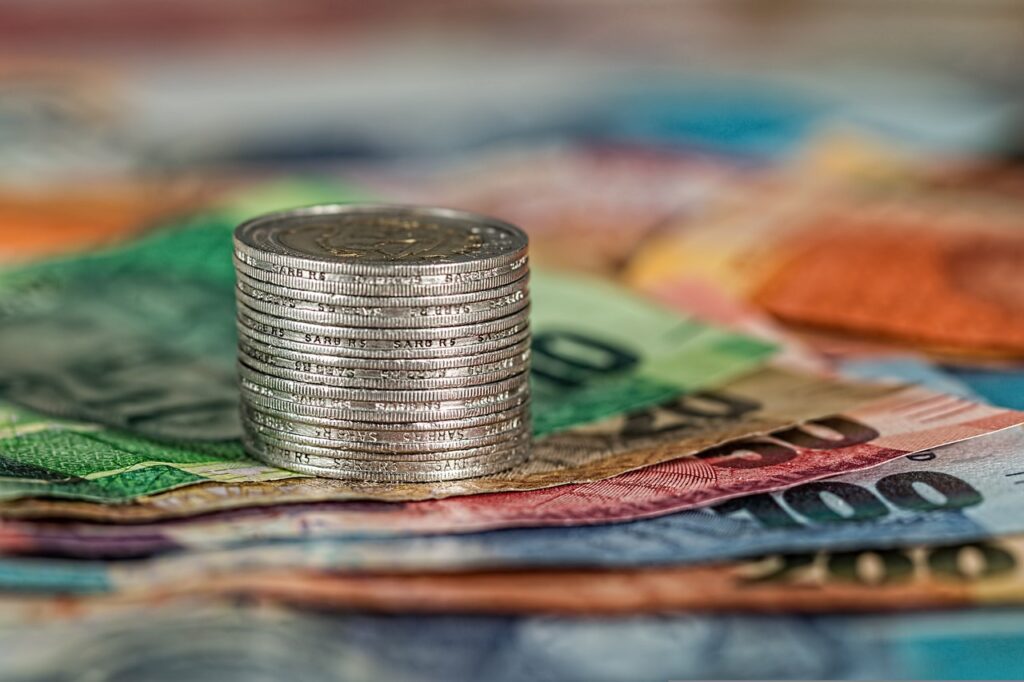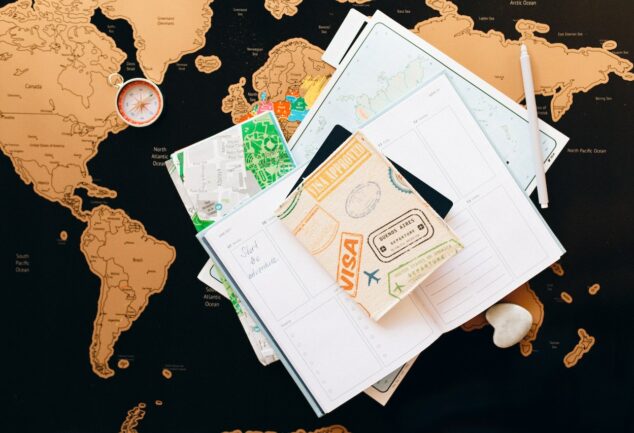We have to keep in mind that we take into account 2 forms of fees in our bank payment guide: one paid by banks to borrow cash outside your home nation and one issued to do so in a currency other than the national one.
Basically, the first is a specific commission, and the second is typically a proportion of the sum of money charged or withheld.
If we’re to receive little money, this variable number will often play a lot against us because there are some banks that demand a minimum fee for the currency exchanging irrespective of the money that is borrowed.


Your right to gain from Kela when you travel abroad from Finland is based on how long you want to remain abroad, which state you are going to, and your justification for staying overseas.
Many banks encourage you to take advantage of free payment with your card in the European states, but the bank fees rise to 2% or 3% if you quit these nations. A payment of €100, on median wage, would also entail an expenditure of €2 or €3 while purchasing overseas with your card.
How much does studying abroad cost?
You ought to weigh the total university fees for foreign students in your target country, and also the standard of living, to figure out the cost of studying overseas.
The standard tuition costs for foreign students studying in the UK range from £10,000 (~US$14,200) per year as a guidepost, with an extra £12,180 (~US$17,300) annually expected to pay for the expenses of life (It could be much more in London).
The estimated annual tuition rate in the United States is US$25,620 at state schools and $34,740 at private colleges, with an extra suggested expenditure of a minimum of $10,800 to compensate for the basic expenses. With these annual estimates in mind, please note that undergraduate degrees appear to run a full four years in the United States.
There seem to be no university fees or anything in certain states. Deutschland and Norway are prominent examples.
Here are a few helpful hints for mitigating how frustrating banks could be with those expenses:
Where convenient, compensate with a credit card: the differential fee per currency value is the same as when money is taken out, so this gives you a constant deposit fee.
To decrease the number of withdrawals, remove huge sums of money: pulling out EUR 200 at once is better than having 2 deposits of EUR 100 and would enable you to conserve the set fee of EUR 2-3.
While regional ATMs demand commissions for cash withdrawals in several nations, there should always be a means of preventing it. Figure out in advance whether there are banks that do not demand those fees or other options to become less costly cash by questioning certain passengers.
Top Articles Today :

How to Get a Student Visa for Canada

6 Secrets to induce employment in North ...
Travel with money to adjust at the desired location often
This will stop any bank fees, however with muggers you should be cautious. One piece of advice: carry big charges (EUR 100, EUR 200, EUR 500) in a double lower part wallet or wallet waist.
Paying and taking money overseas with a bank card is higher priced, so hold your bank card as an aid.
If you are planning to remain overseas for a long period of time (you are going to fly around the globe, you are an emigrant…), you must remember it without charging money, there are choices for both extracting and paying and accepting cash overseas with the bank account.
For more tips
Report your travel plans to your bank particularly if you are heading to a nation where the cryptocurrency is poor or little established. This will stop you from restricting your card immediately today to take out cash. For instance, it can appear when they disable your card at a checkout operator in the Philippines for extracting only €100 and it is unserviceable for a whole weekend.
You are encouraged to bring a second card with you and a cash deposit. This is really helpful if you have an issue (the counterfeit card, sucked up at the ATM, met the margin requirement…) or merely pay for retailers that do not take cards. Try to spread the booking in your baggage or handbags at many locations.
With few mandates, substitutes
If you fly regularly and are bored of banking transactions overseas, here is a selection of substitutes that might be interesting to create for our bank transaction guide:
WeSwap Pass: This is a credit card that helps you to borrow cash for free overseas. The margin requirement amount is EUR 200, otherwise, EUR 1.75 would be paid. The key is that you specify which cryptocurrencies you would like to adjust your cash to while refilling. There is a 1% fee on the inter-bank currency value if you wish to see the currency modified in a week. If you do so for 3 days, you would be paid 1.3 percent and 1.4 percent to get it automatically.
Revolut: This card also fits a smartphone, much as the prior one. Also, there is no charge for buying and extracting money overseas with your passport, but at Atm machines, you could only have a limit of EUR 200 a month. 2 percent is paid on the volume deducted after reaching this number. When transactions are made for more than €6,000, 0.5 percent is added. You could utilize it for more than 120 currencies, not like WeSwap, but to get the card, you may need to pay €6.
[smartslider3 slider=”17″]why not share it with your friends and spread the brilliance




